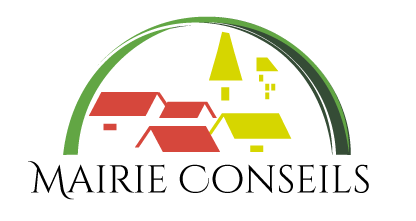• Markets
• A communal forest
• Touristic sites (shrines, war trenches, Ntansah hill, and war pits. reception facilities
• Flora: green blanket of vegetation and forest patches
• Fauna: wild life diversity (wild animals, birds and aquatic animals).
• Mineral resources: important indices of iron ore are reported in Kofffa, Mbepji, Kwaja and Adere and environs. Precious metal compounds containing gold, nickel, cobalt, tin, are reported along banks of Fih stream, Adere and Lus vicinity, hilltops of Ncha, Bitui, Koffa. Industrial minerals such as sand, clay, and rocks also present.
• Health: poor health care delivery, due to inadequate infrastructure and equipment and shortage of quality drugs.
• Environment and nature protection: environmental degradation due to poor agricultural techniques.
• Women empowerment and family: no women initiatives due to no centers for information.
• Water and energy: very limited access to portable water and no access to grid electricity, due to lack of finances.
• Education: poor performance at public exams, unbalanced educational opportunities, and difficulties in accessing higher education, due to lack of funds and staff.
• Public works: poor state of roads, due to limited financial sources and no maintenance of the roads.
• East: Adamawa Region
• North and North East: the Federal Republic of Nigeria
• South East: the West Region.
• West and South West: Bui Division.
• Cash crop production: Food diversity is high. Food and cash crop produced include:-maize, plantains, bananas, guinea corn, beans and soya beans, cassava, potatoes, coco yams, oil palms, oranges, rice, pawpaw. Robusta coffee and rice are mostly gowned on the Mbaw plain while other crops are grown everywhere.
• Livestock: (cattle, horses, goats, Sheep and fowls). Conservation of agricultural and livestock produce (milk) are practiced.
• Commerce: sales of food stuff and petty trading.
• Other activities include: small medium size enterprises, services from organizations, hunting, craftsmanship and fishing.
• Climate: two distinct seasons: The rainy and dry seasons.
• Relief: natural topography (rugged hills)
• Hydrology: there are a number of streams and water falls.
